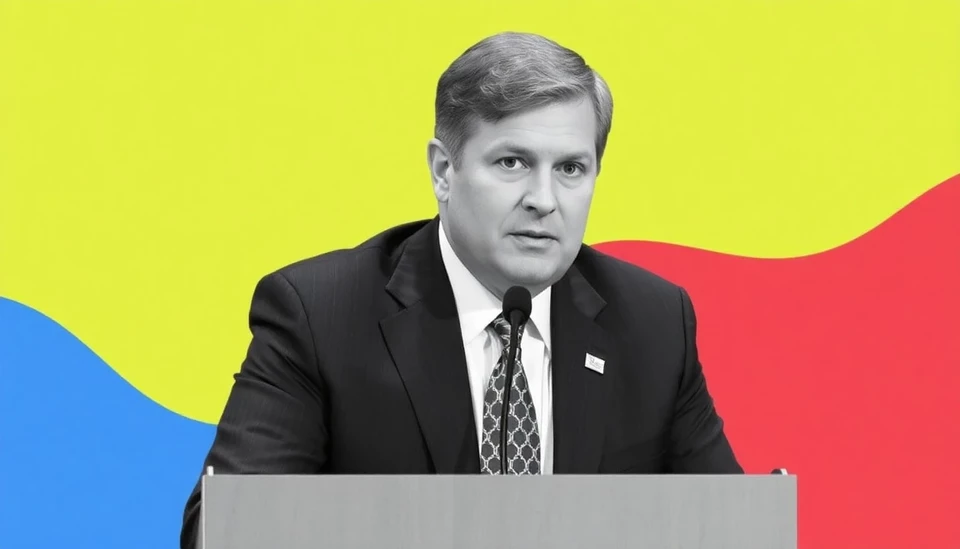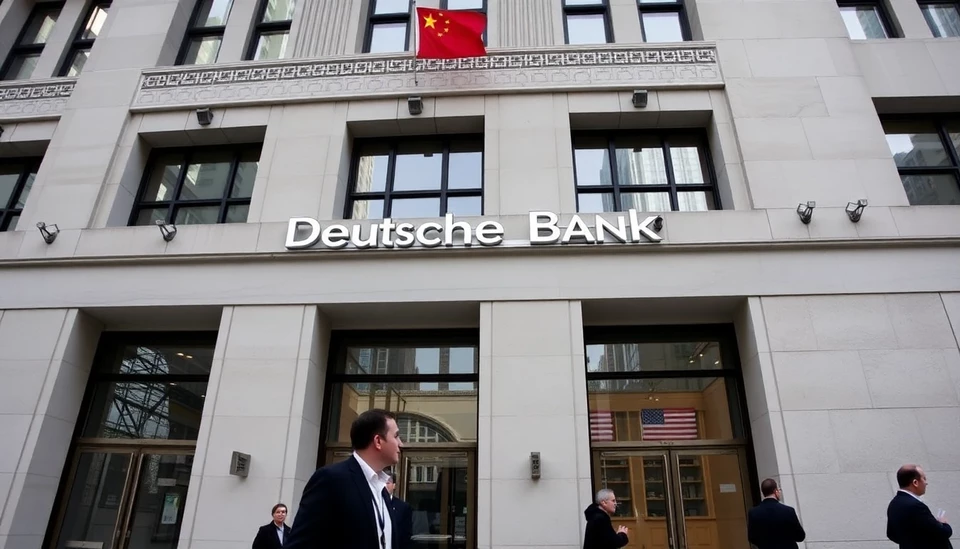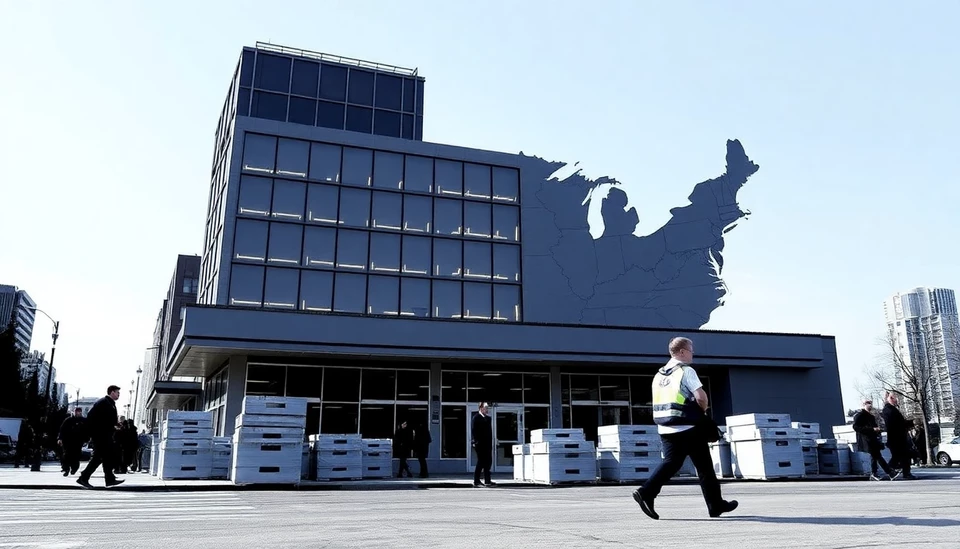
The U.S. economy demonstrated remarkable resilience by expanding at a rate of 2.8% in the third quarter of 2024, bolstered primarily by strong consumer spending. This growth, which exceeded analysts' expectations, underscores the ongoing strength of the American consumer amidst fluctuating economic conditions and global uncertainties.
This impressive expansion offers a glimpse of a robust economic environment, where consumer confidence remains high despite challenges such as inflationary pressures and geopolitical tensions. The data, released by the Commerce Department, indicates that the personal consumption expenditures (PCE) have surged, highlighting the vital role consumers play in driving economic growth.
A closer examination of the economic indicators reveals a 3.9% increase in consumer spending, a key driver of this quarter's growth. Retail sales have seen a notable boost as Americans have continued their shopping habits, particularly in sectors such as travel, dining, and durable goods, reflecting a post-pandemic rebound. This consumer enthusiasm is a testament to the resilience of the U.S. economy, showcasing how households are willing to spend amid rising prices and interest rates.
Additionally, businesses have increased their investments, contributing to stable growth. Capital expenditures showed a healthy uptick, signaling that companies are confident in the economic outlook and are prepared to invest in future operations and expansion. Economists view this trend as a positive signal for the overall economic landscape, as it offers a foundation for sustained growth moving into 2025.
However, there are underlying challenges that continue to cloud the economic horizon. Inflation, while slightly moderating, remains a point of concern for many households, which may affect spending habits in the coming months. The Federal Reserve's policy approach to interest rates will be pivotal in determining how consumers respond to these economic pressures. The Fed has indicated a cautious stance, signaling potential adjustments in interest rates to combat inflation without stifling growth.
Global events, such as supply chain disruptions and geopolitical tensions, also pose risks that could impact consumer confidence and spending. Economists are closely monitoring these factors, as they might alter consumer behavior and overall economic dynamics in the future.
In conclusion, the current economic trajectory reflects a powerful partnership between resilient consumer spending and business investments, positioning the U.S. economy for further growth. As we move into the final quarter of the year, all eyes will be on consumer sentiment and Federal Reserve policy decisions, which will undoubtedly shape the economic landscape as we venture into 2025.
#USEconomy #EconomicGrowth #ConsumerSpending #RetailSales #Inflation #FederalReserve #Investments
Author: Daniel Foster




